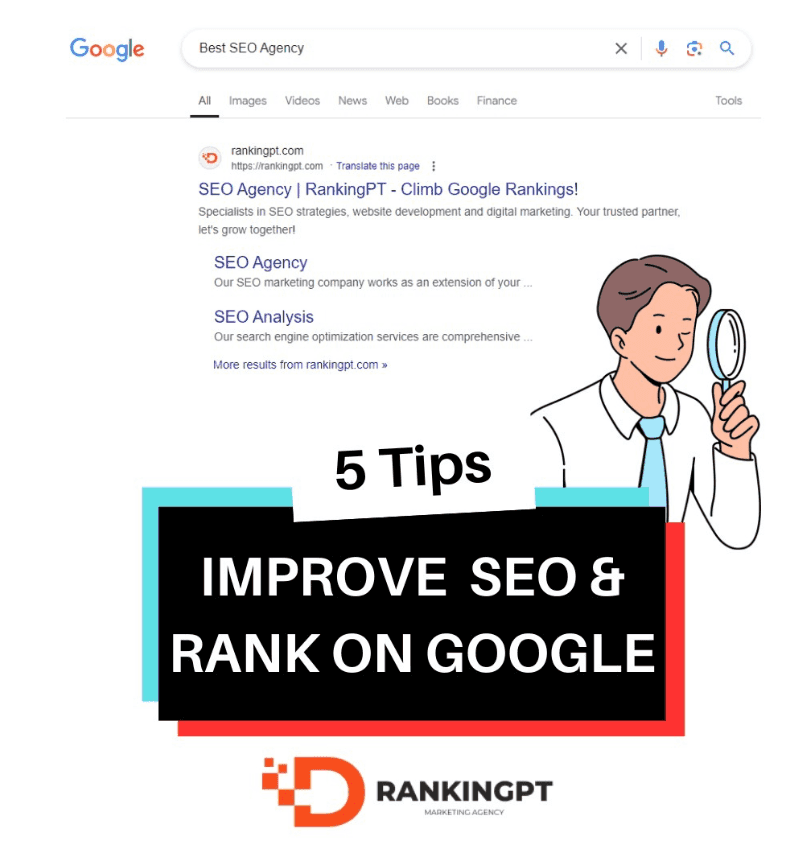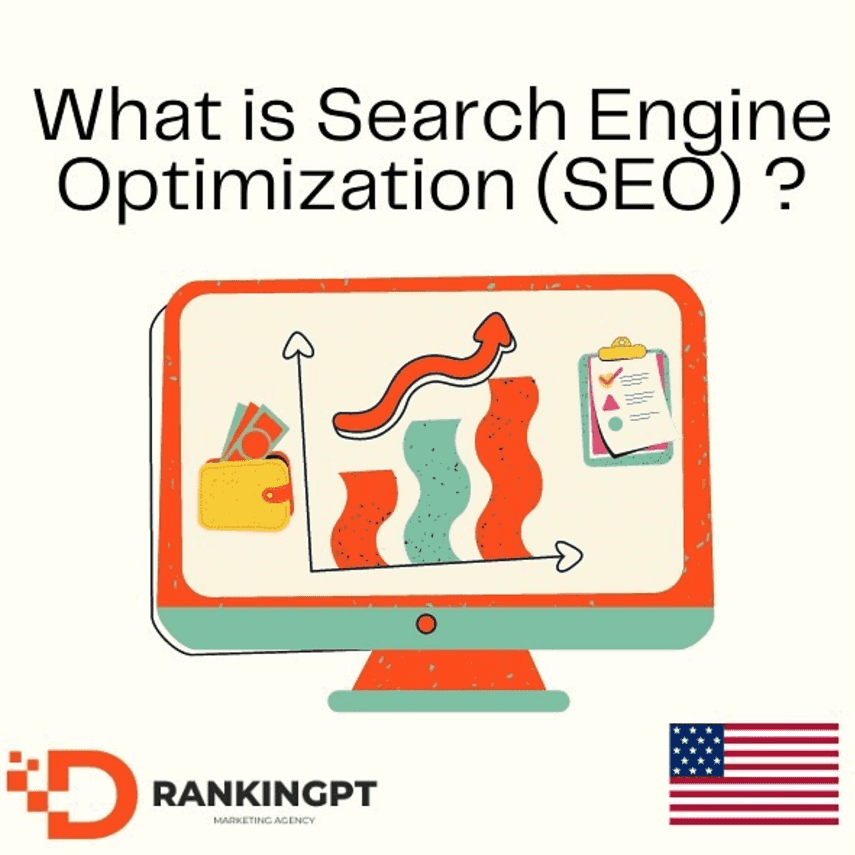How to Set Your Multi-Location Website Up for SEO Success
Running a multi-location business presents its own challenges, particularly when it comes to digital assets like your website. For instance, if you operate a chain of local pizza shops, one visitor might be looking for nutritional information, while another wants to know if your Etobicoke location is open late on Sundays or offers contactless delivery.
At seoplus+, we specialize in helping multi-location businesses set up their websites to meet diverse needs, ensuring every visitor can find the information they need and take the desired action, like placing an order or booking an appointment. Here’s how to set your multi-location website up for success.
1. Create Individual Pages for Each Location
Instead of cramming all your locations onto one page, create dedicated pages for each. This improves user experience and SEO performance. Each location page should include:
- Location-specific contact information: Address, phone number, and email.
- Hours of operation: Clearly state opening and closing times.
- Services offered: Especially if they vary by location.
- Embedded map: Helps users find the location easily.
- FAQs: Address common queries specific to the location.
- Local trust signals: Include testimonials, local reviews, and certifications.
Ensure each page is crawlable, indexable, and free of technical issues that could affect load time or mobile performance.
2. Build Nested Location Inner Pages
Go beyond basic location pages by adding nested service or product pages. For example, a fitness center chain could have pages for personal training, spin classes, and swimming pools under each city location. This structure helps target specific local search queries, improving SEO.
3. Have a Strategy for Each City
For cities with multiple locations, consider creating a city-level page listing all locations. This aids navigation and improves local SEO. Service-area businesses should also consider pages for regions they serve, even without a physical location there.
4. NAP Consistency (Name, Address, Phone Number)
Maintaining NAP consistency across your website and external listings is crucial. Inconsistent information can confuse search engines and customers, hurting your local SEO rankings. Ensure that the business name, address, and phone number are identical on:
- Website location pages
- Google Business Profile
- Social media accounts
- Online directories like Yelp and Yellow Pages
Regular audits can help identify and correct inconsistencies.
5. Optimize Pages with Localized Content
Localize content to improve relevance:
- Title tags & meta descriptions: Include the location name.
- Headings & body text: Reference local landmarks, events, or neighborhood names.
- Staff highlights: Mention local managers or employees.
- Local trust signals: Showcase area-specific testimonials or certifications.
6. Keep Information Updated
Outdated information like closed locations or incorrect business hours can erode trust. Regularly update:
- Business hours
- Contact details
- Service offerings
- Staff information
7. Create & Maintain Google Business Profiles
Set up a Google Business Profile (GBP) for each location. Ensure details like business name, address, hours, and contact info are accurate. Centralizing management of GBP listings can prevent verification issues.
Additionally, list your business on relevant directories, both general (Yelp, Yellow Pages) and niche (mall directories, industry-specific platforms).
8. Track Performance by Location
Monitor each location’s performance with tools like:
- Google Analytics: Track traffic, conversions, and bounce rates.
- Google Search Console: Monitor keyword rankings and site performance.
- Conversion tracking: Measure phone calls, form submissions, and other actions.
9. Add Structured Data Markup
Implement structured data markup (schema) to help search engines understand your site’s content. Use LocalBusiness schema to include details like:
- Business name
- Address
- Phone number
- Opening hours
- Reviews
This can enhance your search appearance with rich snippets, improving click-through rates.
10. Implement an Ongoing SEO Strategy
Use data insights to continuously improve. For example:
- Re-optimize underperforming pages
- De-optimize pages cannibalizing traffic
- Build local backlinks
- Enhance internal linking structures
11. Supplement with Paid Advertising
Paid ads can boost visibility, especially for new locations. Use geo-targeting to reach audiences in specific areas and drive them to relevant pages.
Conclusion
Managing a multi-location website requires a strategic approach to ensure each location is visible and easily accessible to potential customers. By focusing on NAP consistency, localized content, performance tracking, and continuous SEO efforts, you can turn your website into a powerful tool for business growth.





